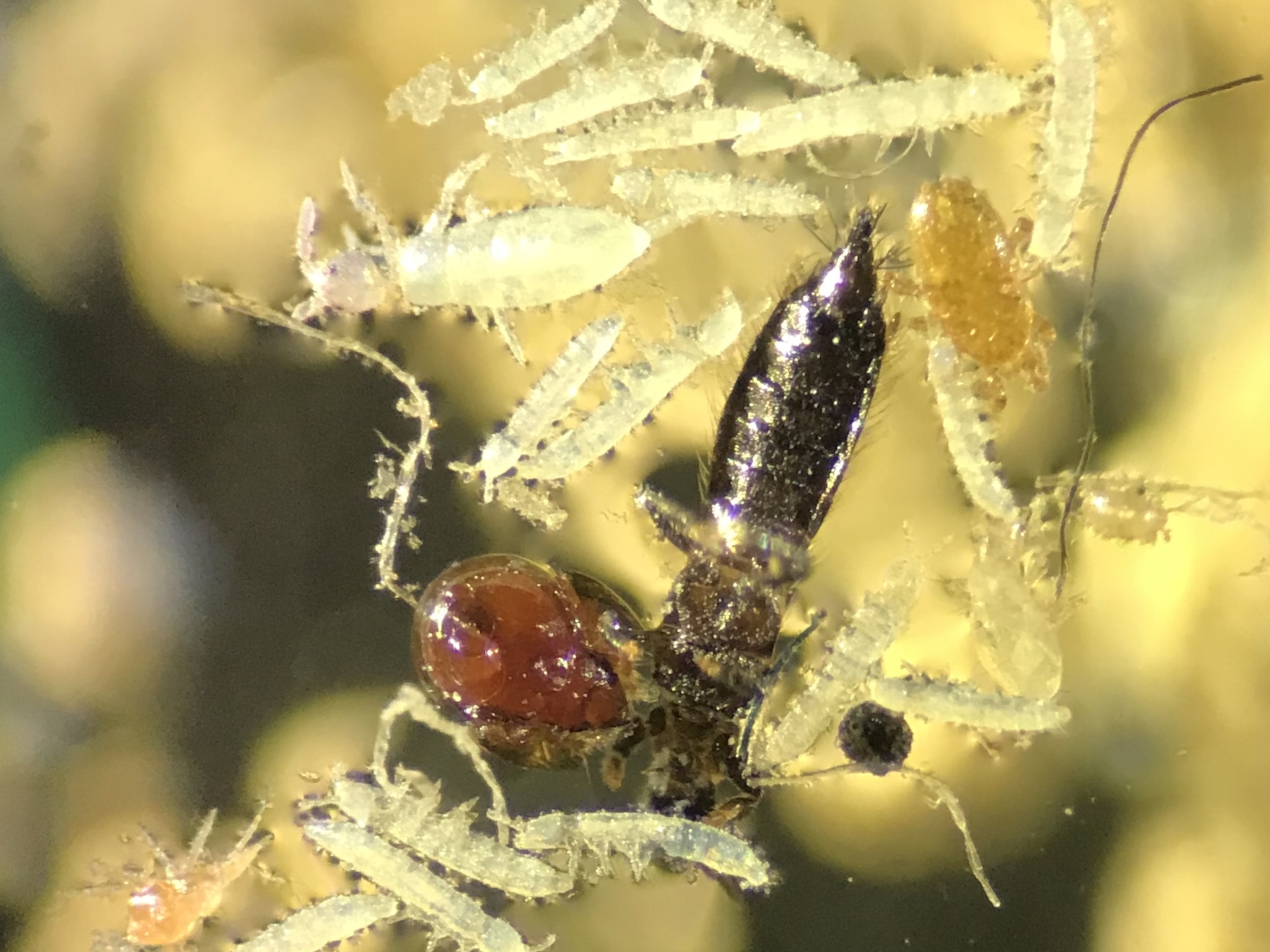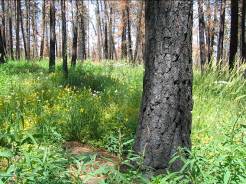Soil Quality Monitoring Program (SQMP)
Soil quality integrates a soil's biological, physical and chemical properties. But what soil characteristics need to be measured or evaluated? And what are the long-term impacts of agricultural practices on soil quality? This study will expand the baseline data set of the Soil Quality Monitoring Program, established by the ASRD in 1998, and attempt to develop a decision making framework for land users and farmers to assess the influence of their actions on soil quality of their land. This current proposal will re-examine physical and chemical soil properties and add biological soil data which will enhance long-term monitoring and assessment of the influence of various agricultural practices on soil quality across the province. We will re-evaluate archived soils for organic matter stability and compare to contemporary soils to determine soil quality changes in the context of inputs and yields. The main objective of the study is to resample all AESA soil quality benchmark sites. We will document and assess any changes in the state of soil quality in agricultural soils across Alberta resulting from farm management practices. This project expands the previous data set and results by establishing baseline data on soil biological properties associated with these long term soil quality benchmark sites including the density, diversity and distribution of soil biota in the agro-ecological regions.

Land Reclamation in the AOSR
This work has been examining the effect of season and time since reclamation on the nutrient cycles and microbial community structure of reclaimed upland forest sites in the Athabasca oil sands region (AOSR). To date, we have determined that while reclaimed sites are very different from natural sites there is evidence to suggest that they are recovering natural ecosystem processes. This work has been part of Dr. Sylvie Quideau’s Nutrient Biogeochemistry Phase I project and we currently have two papers published, one in review, and one in preparation. We have recently been funded by our industrial partners to pursue Nutrient Biogeochemistry Phase II for five more years and we foresee applying for NSERC matching funds in 2010. I am also involved in designing a new capping study to investigate the soil plant relationships created by different soil treatments, layering strategies, and selective salvaging of sub-surface material which will begin in 2010 and expand our understanding of land reclamation.
Future research projects in the AOSR will examine some fundamental questions, including: 1. how long does soil structure, as mediated by root interactions, take to develop in human made soils; 2. how does forest floor accumulation influence nutrient turnover and forest productivity on reclaimed site; and 3. when can fire be introduced to reclaimed landscapes to ensure sustainability? These questions represent great opportunities train students and continue collaborating with Dr. Quideau and to collaborate with other members of the department including Dr. Simon Landhäuser in forest land reclamation and Dr. Vic Lieffers in forest ecology.

Biochar: A Novel Substrate
Concurrently with my research in land reclamation, we have been using a wet chemistry method to study the content and spatial variability of wildfire produced charcoal (or ‘biochar’) in forest ecosystems. The spatial variability of soil chemical processes as related to plant distribution is an important issue on the cutting edge of soil plant relationships. Disturbance on the landscape is a heterogeneous process resulting in a mosaic of ecosystems in various stages of recovery. Information on the spatial variability of charcoal and nutrient cycling, and how management effects that variability, will enable us to develop more accurate ecosystem models. Research into the spatial variability of ecosystem function is a terrific opportunity to continue collaborating with Dr. Eliot McIntire at Laval University and Dr. Robert Graham at UC-Riverside. We have identified some significant patterns with charcoal content in the soils of different California ecosystems and currently have one paper published.
We have also been examining the role of charcoal in humus formation by solid state nuclear magnetic resonance (NMR) spectroscopy. I hypothesize that charcoal is facilitating the accretion of soluble organic compounds into stable soil organic matter. This work is of great ecological importance as there is only a limited understanding of the role of charcoal in ecosystem processes. It is also important because charcoal represents a significant fraction of long-term C storage in many ecosystems and may play a role in mitigating global climate change. Future work with charcoal and humus formation will be a great opportunity to continue collaborating with Dr. Roderick Wasylishen, an NMR specialist in chemistry department at the UofA, with whom I have one paper in preparation.
Having published evidence that charcoal stimulates nitrification, I’ve been attempting to indentify if this process is characteristic of pyrogenic ecosystems as well as the specific mechanisms at work. I have been collaborating with Dr. David Paré of the Canadian Forest Service and Dr. Alison Munson of Laval University to address these issues and we currently have an NSERC Strategic for that purpose. Graduate student projects are currently examining how fire intensity and plant type affect charcoal quality, quantity, and nutrient cycles in the forest soils of Quebec. The real strength of this project lies in the fact that we will attempt to model post-fire forest soil C dynamics and justify these with plot data. This work is in collaboration with Dr. Steve Cummings, located at Laval as well. I would also like to initiate several new projects examining how charcoal or other black carbon products might be used to improve nutrient availability and C storage in reclaimed or managed soils.

Fire Biogeochemisty
We have been collaborating on a project aiming to tie the number and diversity of ammonium oxidizing bacteria (AOB) to fire frequency. Our results to date indicate a strong interaction between fire frequency, mineral soil gross nitrification rates, and the number and community structure of AOB. From this work I have co-authored two papers and one book chapter with Dr. Thomas DeLuca and have an additional paper with Dr. DeLuca and others which is being reviewed for a Special Edition of the Journal of Environmental Quality. Continuing this research has been a great opportunity to work with Dr. Uldis Silins at the Lost Creek fire installation.
My doctorate research examined forest soil N cycling in ponderosa pine stands with increasing time since fire. This work produced evidence for an ecological footprint left by natural disturbance, where N availability remains elevated in the fire return interval, but decreases with time. I also looked at how post-fire plant community dynamics drives N cycling and microbial activity through allelopathy. The results indicated that when forest ecosystems do not experience fire within the natural return interval, the N cycle shifts from disturbance driven to vegetation driven. Four articles have been published from this work to date and a synthesis article is in preparation for Biogeochemistry.

